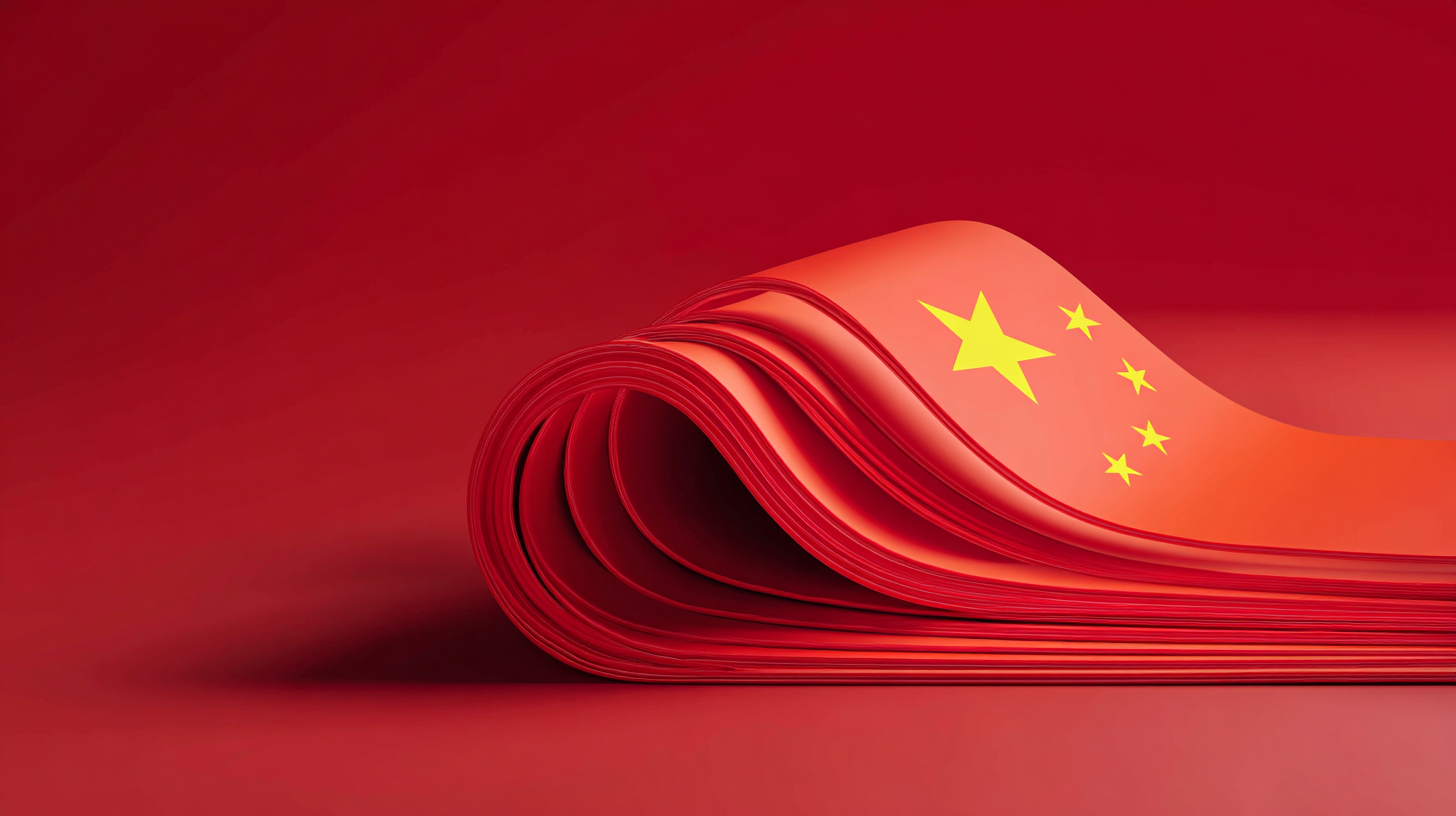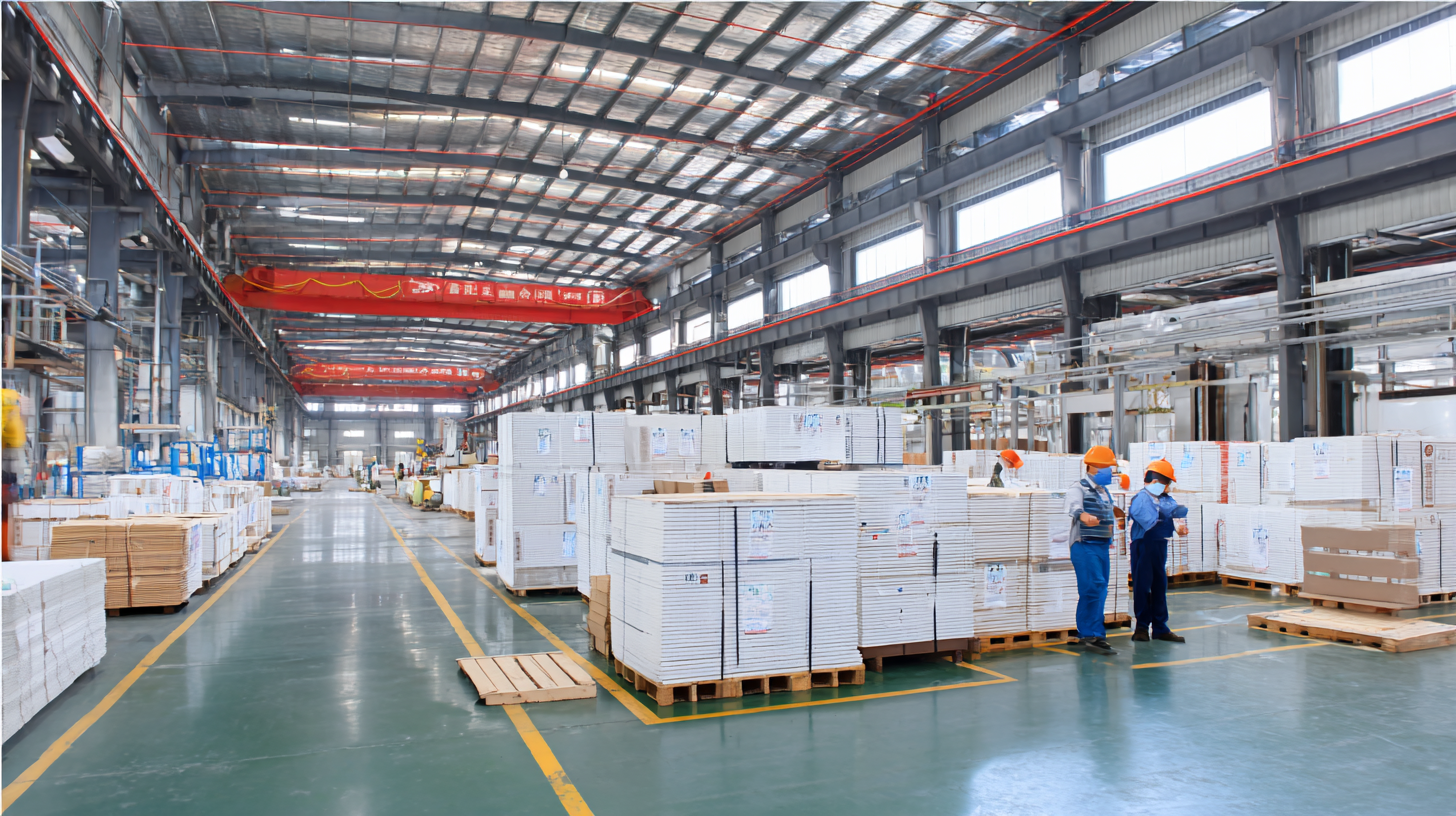


In the rapidly evolving landscape of global trade, the demand for high-quality materials has never been more pronounced, with sectors from packaging to construction increasingly seeking reliable and durable solutions. Among these materials, PP board has emerged as a frontrunner, praised for its lightweight yet robust characteristics, along with excellent resistance to moisture and chemicals. According to a recent report by Market Research Future, the global PP board market is projected to grow at a CAGR of 4.5% from 2021 to 2026, driven by the increasing preference for sustainable and recyclable materials in various industries. China's manufacturing sector stands at the forefront of this trend, showcasing its prowess in producing premium PP board that meets international standards. This blog will explore the advantages of PP board in terms of after-sales service and maintenance costs, highlighting how these factors contribute to broader industry success and empower global exports.

The production of premium PP boards epitomizes the innovative capabilities of Chinese manufacturing. With the adoption of state-of-the-art production techniques, China continues to enhance its position as a leading player in the global market. Recent industry insights indicate that manufacturers are increasingly investing in digital transformation and advanced technologies, presenting opportunities for improved efficiency and product quality. For instance, reports highlight that targeted investments in digital and data infrastructure are essential to drive innovation while addressing existing skill gaps within the workforce.

Tips for manufacturers aiming to innovate include embracing automation technologies and collaborating across industries. The emergence of open platforms fosters cross-industry collaboration, allowing companies to share best practices and develop standardized processes that can significantly reduce development cycles. This collaborative approach not only accelerates innovation but also enhances overall market competitiveness.
Furthermore, the surge in sustainable building materials underscores the industry's shift toward eco-friendly practices. Companies should focus on integrating environmentally responsible methods that enhance performance while meeting market demands. By leveraging innovative production techniques, manufacturers can create products that align with sustainability goals, ultimately delivering value to both consumers and the planet.
In the realm of global trade, quality control is paramount, especially for products like premium PP boards that are revolutionizing the export landscape. Chinese manufacturers have set a benchmark by implementing rigorous quality assurance protocols, ensuring that every board produced meets international standards. This commitment to excellence is not simply a marketing strategy but a core principle that drives the manufacturing process. By investing in advanced technology and continuous employee training, these companies are able to maintain high production standards while adapting to the evolving needs of the global market.
Moreover, the meticulous attention to quality control allows Chinese manufacturers to build trust with their international partners. Consistent product quality not only enhances brand reputation but also boosts customer satisfaction, which is vital for long-term business relationships. The integration of quality management systems, such as ISO certifications, demonstrates a dedication to superior performance and reliability. As a result, these manufacturers not only empower their exports but also contribute significantly to China's reputation as a leader in global manufacturing—proving that excellence in quality control is the backbone of successful international trade.
| Country | Export Volume (tons) | Market Growth (%) | Quality Control Score (1-10) | Customer Satisfaction (%) |
|---|---|---|---|---|
| USA | 15000 | 8.5 | 9 | 95 |
| Germany | 12000 | 7.2 | 9.5 | 90 |
| Japan | 11000 | 6.8 | 8 | 92 |
| Australia | 9000 | 5.5 | 7.5 | 88 |
| Canada | 8000 | 7.0 | 8.5 | 91 |
Sustainable practices in the production of polypropylene (PP) boards have become increasingly vital in the quest for eco-friendly manufacturing solutions. Chinese manufacturers are leading the charge by implementing innovative techniques that reduce waste and energy consumption while ensuring high-quality output. The integration of renewable energy sources, such as solar and wind power, in the production process has significantly lowered the carbon footprint associated with PP board manufacturing.
In addition to energy-efficient practices, Chinese firms are committing to sustainable raw material sourcing. Many manufacturers are utilizing recycled plastics in their PP boards, transforming waste into a valuable resource and minimizing reliance on virgin materials. This circular economy approach not only addresses waste management challenges but also promotes resource conservation, ultimately contributing to a greener future.
As global demand for sustainable products rises, the commitment of Chinese manufacturers to these practices exemplifies their dedication to both quality and environmental responsibility.
The global demand for polypropylene (PP) boards continues to soar, driven by diverse applications in packaging, construction, and automotive sectors. Leveraging advanced technology within the PP board supply chain is essential to meet this increasing demand efficiently. Recent market analyses suggest that the global PP market is projected to reach USD 193 billion by 2026, reflecting a compound annual growth rate (CAGR) of approximately 5.9% from 2021 to 2026. This uptick highlights the critical role of streamlining supply chain processes to enhance production efficiency and reduce lead times.
Chinese manufacturing, renowned for its innovative practices and scale, is at the forefront of this transformation. By integrating technologies such as IoT, artificial intelligence, and automation, manufacturers can optimize sourcing, production, and distribution. For instance, the use of predictive analytics in inventory management has been shown to reduce excess stock levels by up to 30%, significantly cutting costs. Furthermore, the incorporation of real-time tracking systems ensures improved transparency and responsiveness throughout the supply chain, enabling companies to adapt to market fluctuations swiftly and maintain competitive advantage on a global scale.
This chart illustrates the global export values of PP board across various regions, showcasing the strength and reach of Chinese manufacturing excellence in the global market.
The impact of strategic partnerships in enhancing export opportunities is undeniable in today’s interconnected global market. According to recent studies, strategic alliances can lead to a significant increase in information sharing and supply chain flexibility. For instance, companies that engage in strategic partnerships often report a 20% improvement in operational efficiency, allowing them to navigate disruption more effectively and respond to changing market demands. This is particularly pertinent for businesses looking to export premium products, such as PP boards, where quality and speed to market are crucial.

In line with this, the recent presentation of Ukraine's National Export Strategy highlights the importance of collaboration between government, businesses, and academic institutions. By fostering such partnerships, Ukraine aims to bolster its export capabilities until 2030, potentially increasing its export volume by 30%. Similarly, Sweden's new foreign trade strategy emphasizes enhancing international competitiveness through strategic alliances, aiming for a substantial rise in exports of goods and services in response to evolving global trade dynamics. Through these collaborative efforts, countries can significantly leverage their manufacturing strengths and expand their presence in global markets.